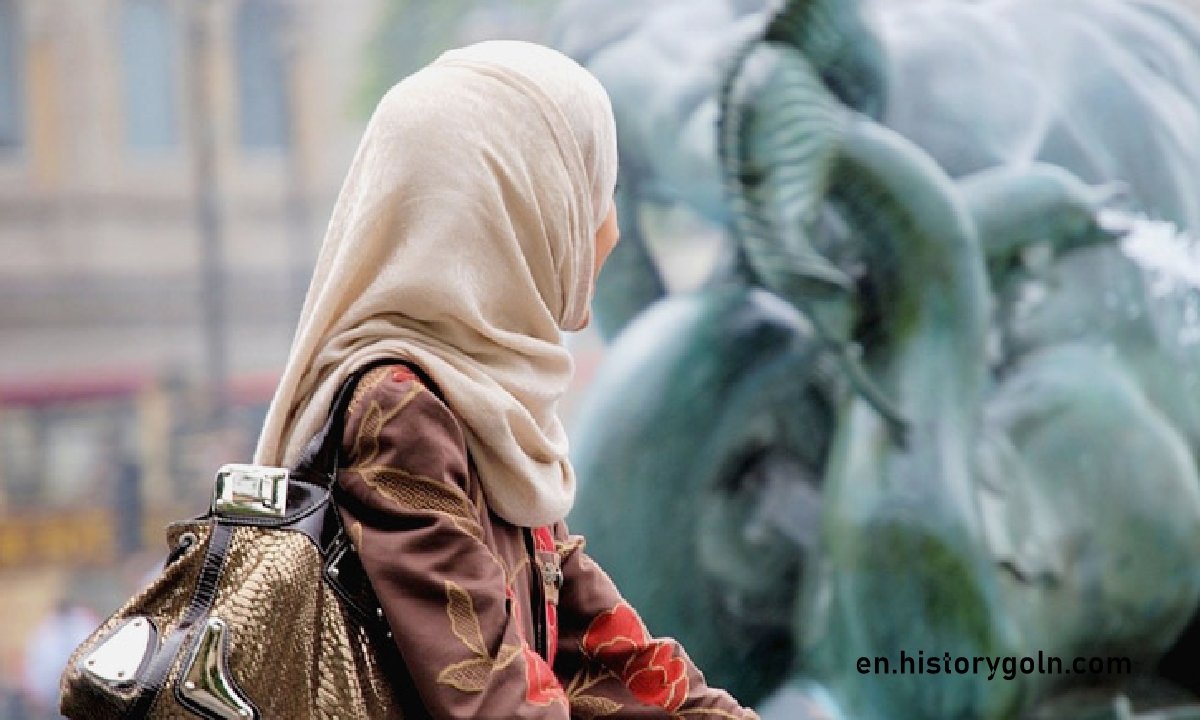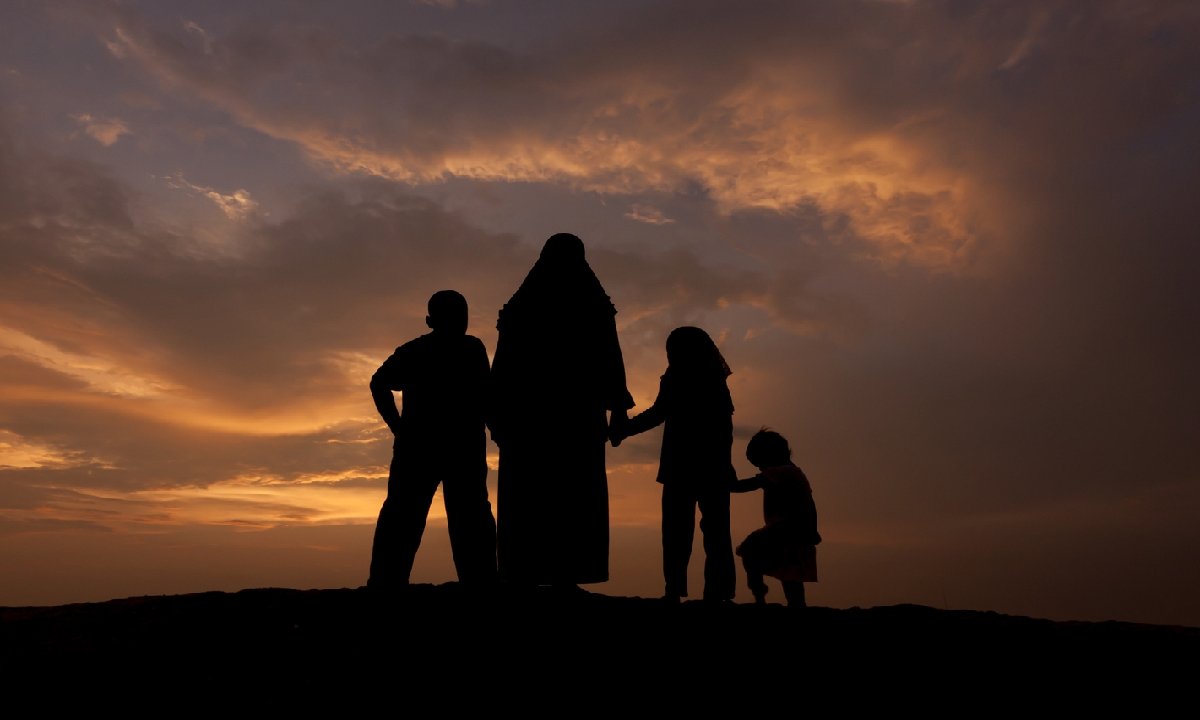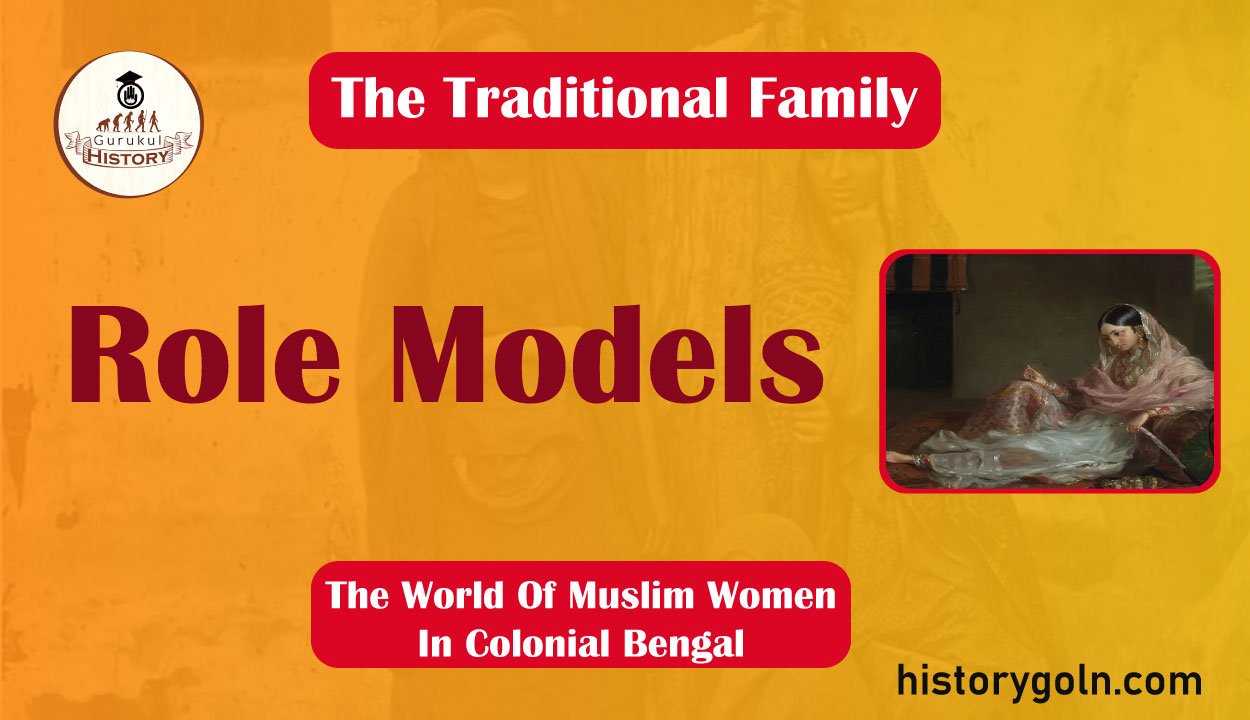Today our topic of discussion is Role Models .
Role Models

Norms and concepts of what woman’s role should be and what womanhood comprised of and women’s response to these all generated an engros- sing and continual discourse. It was formulated in the mosques, at home, in the fictional and non-fictional literature of the time, in politics and in the world of culture there was no aspect of life free from it.
The mental world of the Muslims in Bengal was made immensely more complex by the extraterritorial culture of Pan Islam. At the apex of the ideological world stood the Holy Koran, considered eternal, immutable, and final by devout Muslims, governing every aspect of their spiritual and material life. The all-embracing Islamic law or sharia is difficult to define in a few words. However, the foundational principles of sharia, as expounded by 8th century jurists such as Al-Shafi, were based on

a) the Koran b) the Hadith (recorded sayings, views, explanations of the Prophet) and Sunna (model behaviour based on the conduct of the Prophet) c) Lima (consensus among the Community of believers) d) Qiyas (analogical reasoning) and e) 1jtehad (original thought or research based on or exercised through Qiyas) .
Though not given the status of sharia, a vast number of religious tracts and manuals developed subsequently in various regions of the Islamic world which conveyed, explained, interpreted, and in many cases added to the provisions of the Koran and Hadith. Unlike classics such as Bukhari’s Hadith these forms of didactic literature appealed to the masses.

Along with the spoken word of the mullas (in the form of the Khutba, Fatwa, and Waz) they brought Islam to the homes of the populace, filtered through the prism of the mullah’s interpretative faculties. The Koran lays down a fairly clear and strict code of conduct for all believers. But, for centuries. critical passages were taken up by countless jurists, commentators, and preachers to provide the inviolable model of female behaviour.
See more:
